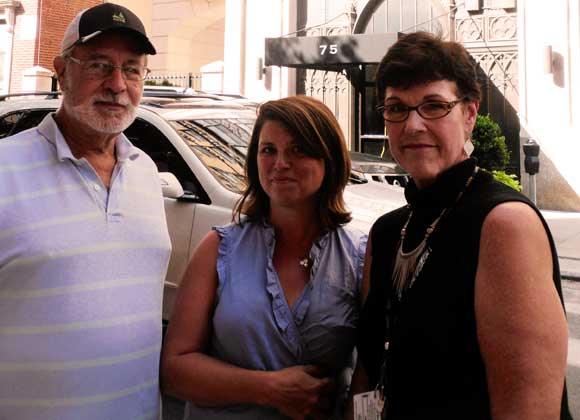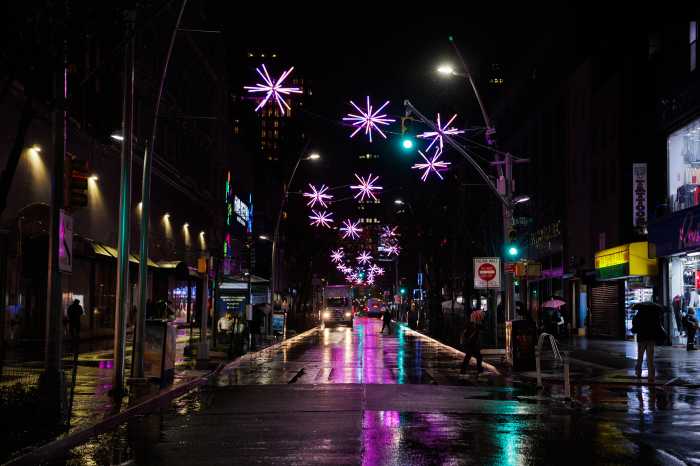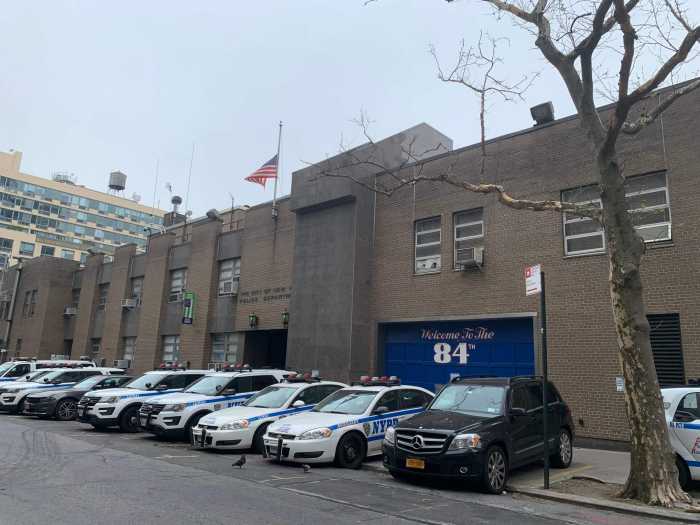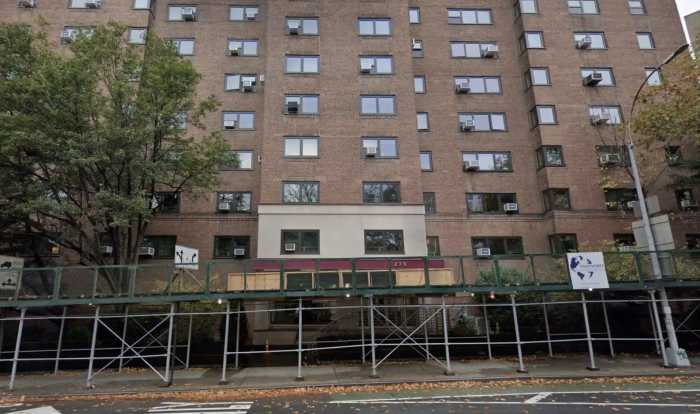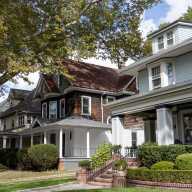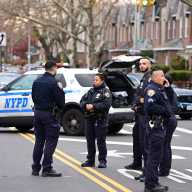A proposal to landmark nearly two dozen towers in Downtown is heading for a climactic battle at the City Council as co-op residents and the borough’s most-powerful landlords fight preservationists in hopes of cutting the landmark zone down to size or killing it altogether.
The Borough Hall Skyscraper Historic District — which aims to preserve some luxurious examples of early 20th-century architecture on and near Court Street — passed the City Planning Commission last week after approvals by the community board and the Landmarks Preservation Commission.
The Council now has until early next year to reject, modify or approve the designation. Residents of 75 Livingston St., the only residential building in the district, hope they can persuade lawmakers to change the boundaries to keep them out.
“We’re not going to quit,” said Ellen Murphy, president of building’s co-op board. “The Council needs to understand what landmarking really means for residential buildings these days.”
Co-op residents, who have been the district’s most vocal opponents, are lobbying local pols and setting up meetings with Councilman Steve Levin (D–Brooklyn Heights), who has not decided on how he will vote.
And a who’s-who of Brooklyn business groups and property owners, including SL Green Realty, Brooklyn Law School, and the Real Estate Board of New York, is following suit. The entities condemned the district in July and has kept up the fight.
“We’re meeting with a number of Brooklyn councilmembers to get our message across,” said Arthur Goldstein, attorney for Joseph P. Day Realty Corp., which owns four buildings in the district, which is opposes. “In these economic times, the government should be treading very carefully on where it adds additional regulations.”
Downtown is already scrambling to find tenants, with vacancy rates hovering around 15 percent along Court Street compared to the Manhattan average of 9 percent, said Chris Havens of Creative Real Estate Group.
Supporters of the district are firing back — saying that the naysayers will come around.
“The Council should approve the district — it’s their public duty,” said Judy Stanton, executive director of the Brooklyn Heights Association. “This will help improve and revitalize Downtown. Any building that’s included should be proud and I think landlords will come to see that.”
Stanton’s powerful neighborhood group has long pushed for the designation and is also planning discussions with Councilman Levin and Councilman Brad Lander (D–Cobble Hill).
The “Skyscraper” district comprises 21 buildings along Court Street from Montague Street to Livingston Street, including the already landmarked Borough Hall; 13-story Temple Bar Building on Court Street; the 35-story Montague-Court Building at 16 Court St.; and the Municipal Building, which will soon be transformed into a mini-mall.
Opponents have long tried to squash the designation, complaining that it will cause maintenance fees to soar because of the intricate rules of the historic districts.
Murphy said that residents of 75 Livingston already spent $6 million in the last 22 years to renovate the building’s façade, and that the landmark designation would raise costs and end up deterring people from being good stewards to their buildings.
Despite such lobbying, residents of 75 Livingston St. failed to persuade the Landmarks Preservation Commission to remove their 1927 neo-Romanesque building from the district when the panel approved the zone in September.
Reach Kate Briquelet at kbriquelet@cnglocal.com or by calling her at (718) 260-2511.



